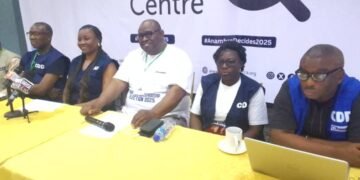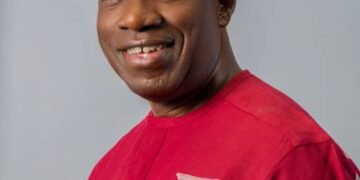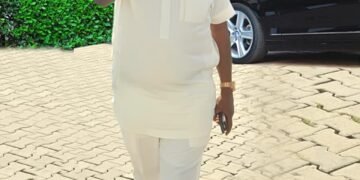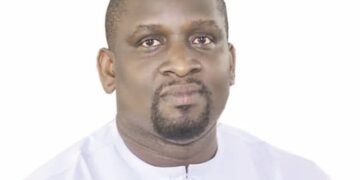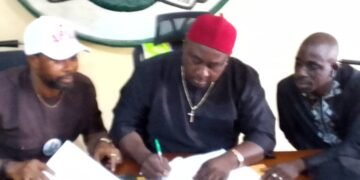Dr Charles Chidi Ehirim
The problem of Back Pain is becoming a universal health issue. A medical condition where more than 80% of the global population are victims. Our fast civilizing world is not helping matters either. It offers many conveniences, particularly in the area of technology which has made life much easier than in the former times. Our standard of living engenders a high price that is paid by many people in form of pain and one of the most important areas affected by this pain in the human back.
Back pain is made up of three susceptible areas, namely: the neck, mid back, and lower back (waist). Prolong pain in the neck may later spread to the shoulder and hand. Pain in the mid back may also spread over to the muscle of the ribs. Disturbing Pain in the lower back, if neglected could spread to the buttocks and leg and it is most common and most stubborn.
The problem of back pain has been such a health issue that some health care personnel concerned with its care are still searching for the right solution. Paradoxically, it happens to be an ailment people hardly rush to hospital whenever they notice it. Although one expects the ailment to be of immense concern to health conscious citizen, surprisingly it elicits little attention.
Unfortunately, some health care personnel seem unable to agree on the ideal treatment for the back pain. While some advise rest, their colleagues recommend exercise. Some are strong believers in the pain relieving properties of some drugs.
Anatomically, the back has two main parts – the spine and the muscles. The back muscles are attached to the spine.
The spine consist of bones called the vertebrae. in the neck, the bones are called cervical vertebrae. The bones are seven in number. Below the cervical vertebrate are the thoracic vertebrae and has twelve (12) bones and provide attachment to the ribs. Below the thoracic vertebrae, is the lumbar vertebrae which has five bones. Further down is the vertebrae called sacral bones are are five in number and are fixed together. Lastly are the bones of the coccyx (tail bones) they are four and fused.
The whole of the vertebrae are joined together by what is called facet joint, where they articulate. Discs separate the vertebrae. These discs act as cushions in between the vertebrae and absorb shocks and vibrations which are produced by walking, running, jumping etc. the disc also allows spine to bend to any directions it desires.
Nerves connecting the brain to the body make up the spinal cord. Nerves branch off from the spinal cord into various organs and muscle including those in the arms and legs. The nerves carry instructions from the brain to the muscles, organ and limbs. The nerves also carry sensation such as pain from different parts of the body to the brain. The spine is joined to the pelvis or hip by a joint called sacro-illac joints. Unlike most joints, the sacro-illiac joints are fixed and do not move. But certain conditions can prompt it to move- pregnancy and this would trigger pain. Besides, there are many factors that can cause pain in the back. These can be condensed into three, namely; sprain of ligaments, strain of muscles and muscle spasm. These can be brought about by accumulation of our daily activities such as pushing, carrying and lifting loads-especially when wrongly positioned. Pain in the back can also be contracted for no apparent reason. Sedentary workers can contract it, men in uniform, military, police, etc (sentry) are not immune to back pain. It is mostly called common back pain because it is mostly caused by our daily activities.
Nevertheless, the good news is that no matter the nature of back an individual is suffering from, it is redeemable through labour-intensive approach of a skilled physiotherapist. Be it acute or chronic!
Dr Charles Chidi Ehirim (08033299222)
Musculo-Skeletal Physiotherapist












